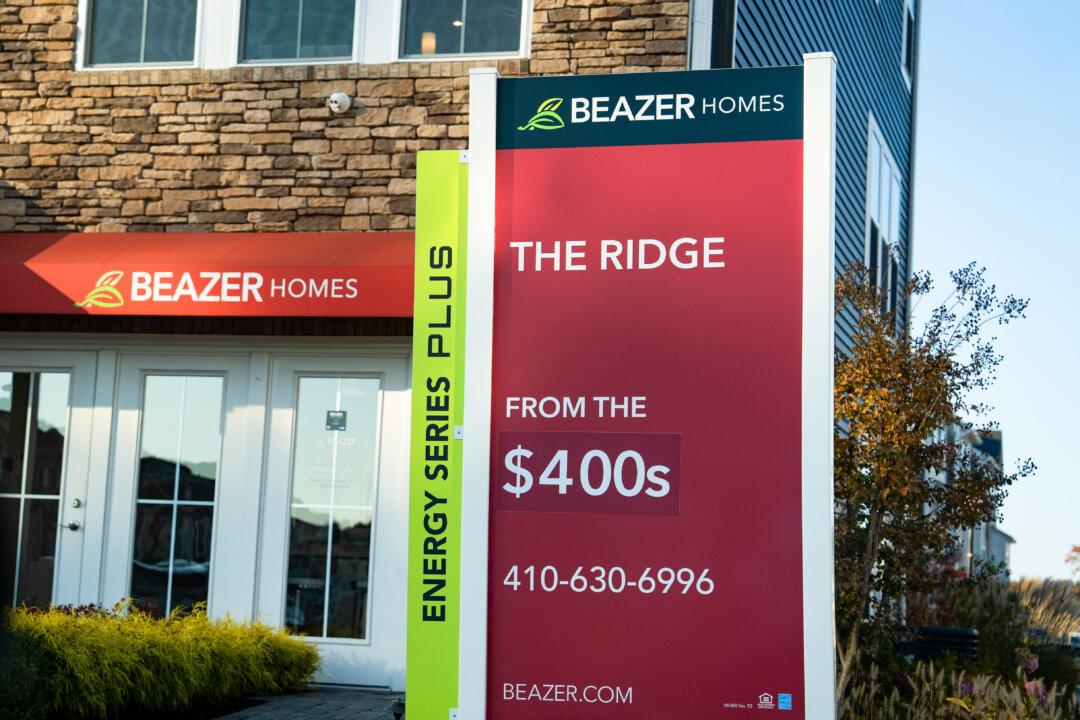Home prices in the United States hit a new high this month, with a decline in mortgage rates triggering a slight fall in monthly payments, according to real estate brokerage firm Redfin.
“The median U.S. home-sale price hit an all-time high of $394,000 during the four weeks ended June 9, up [by] 4.4 percent year over year—the biggest increase in about three months,” Redfin said in a statement on June 13.





